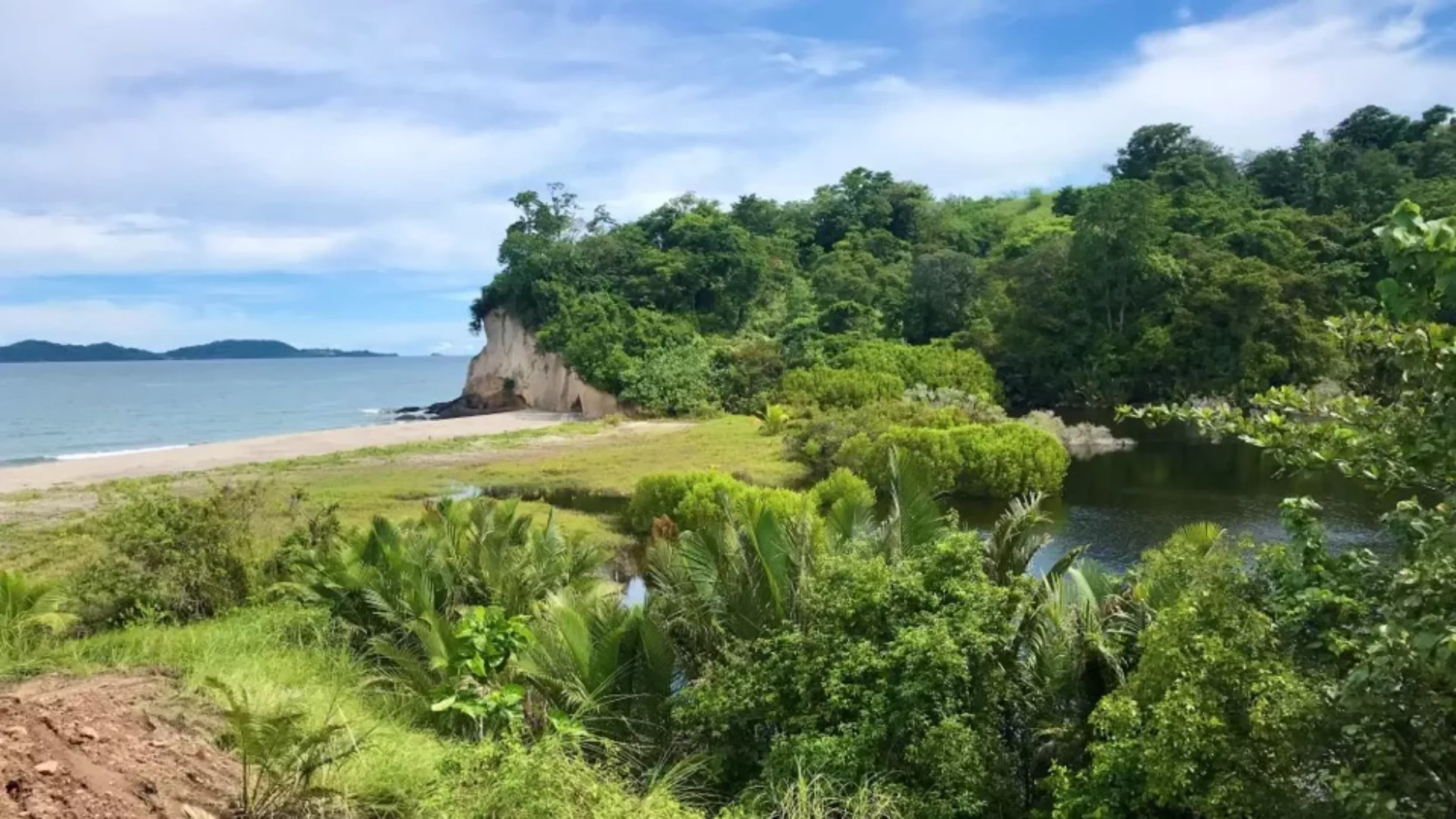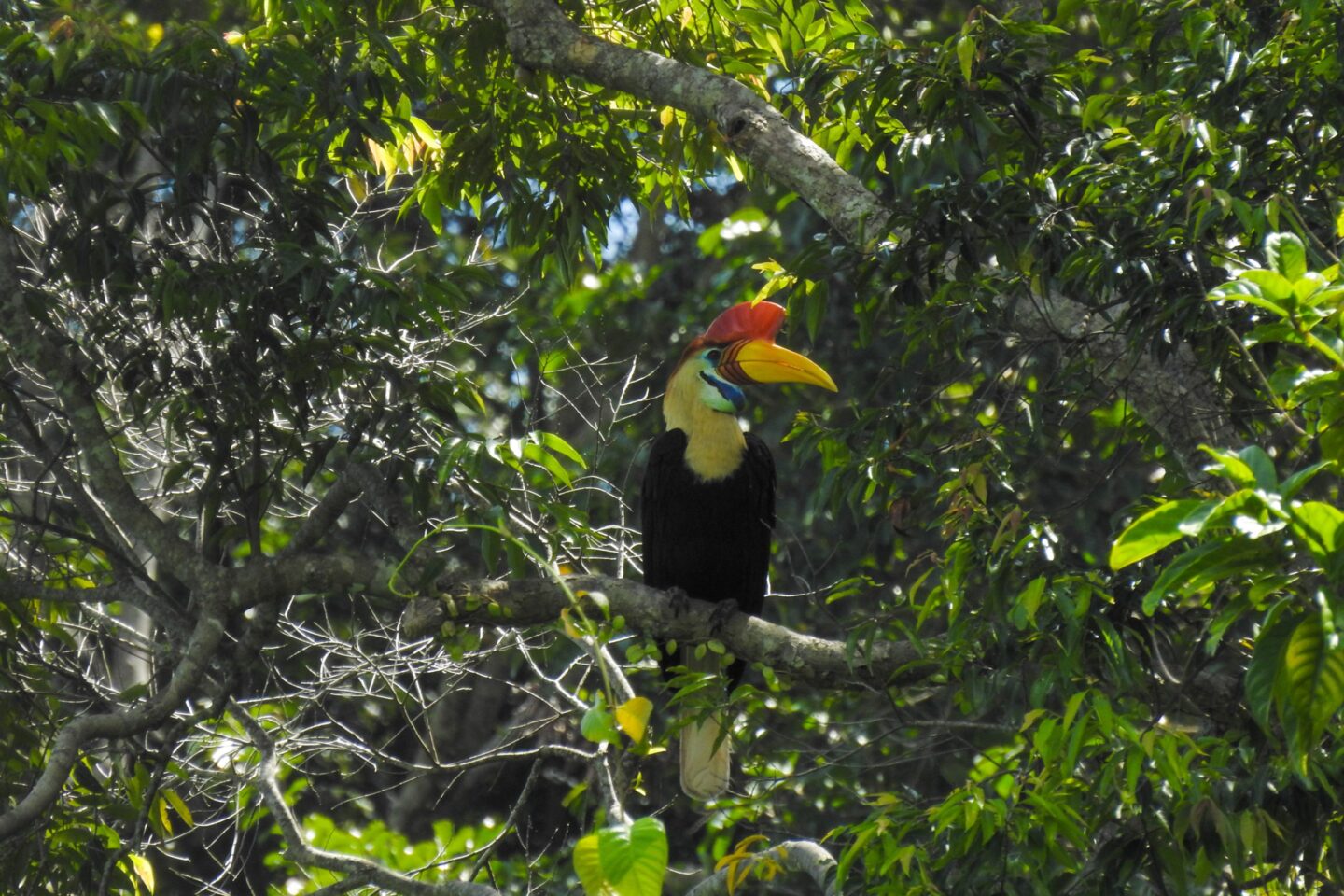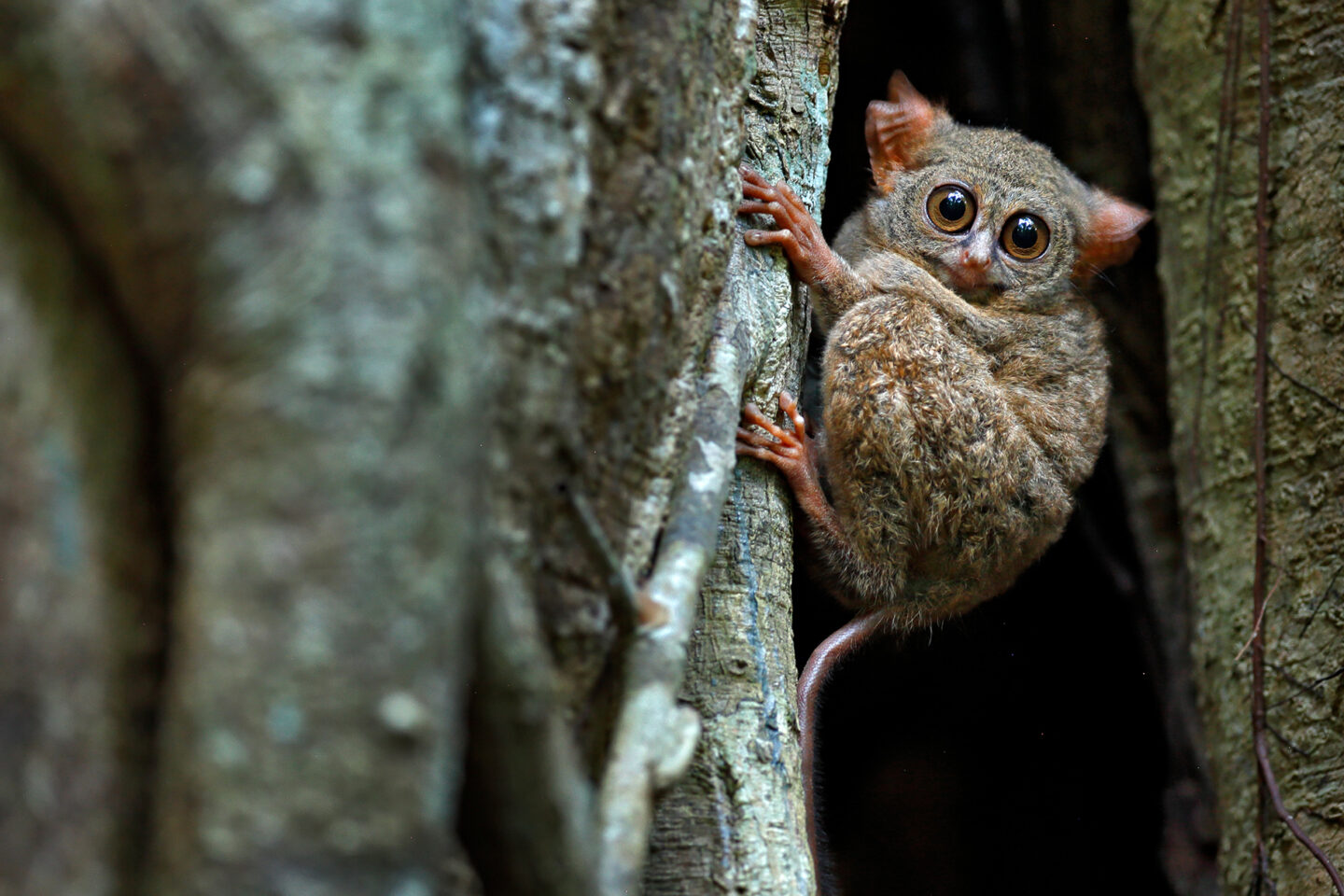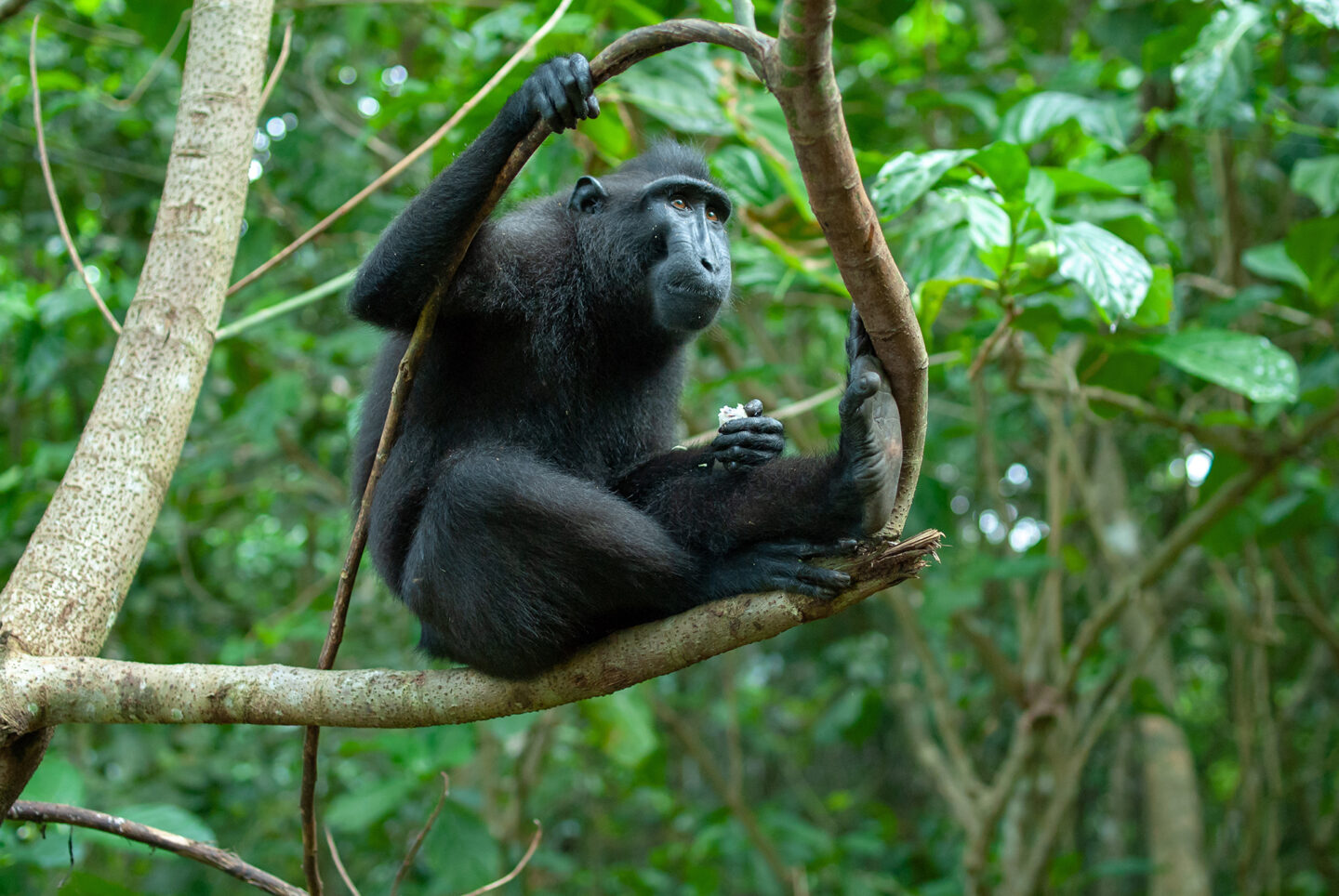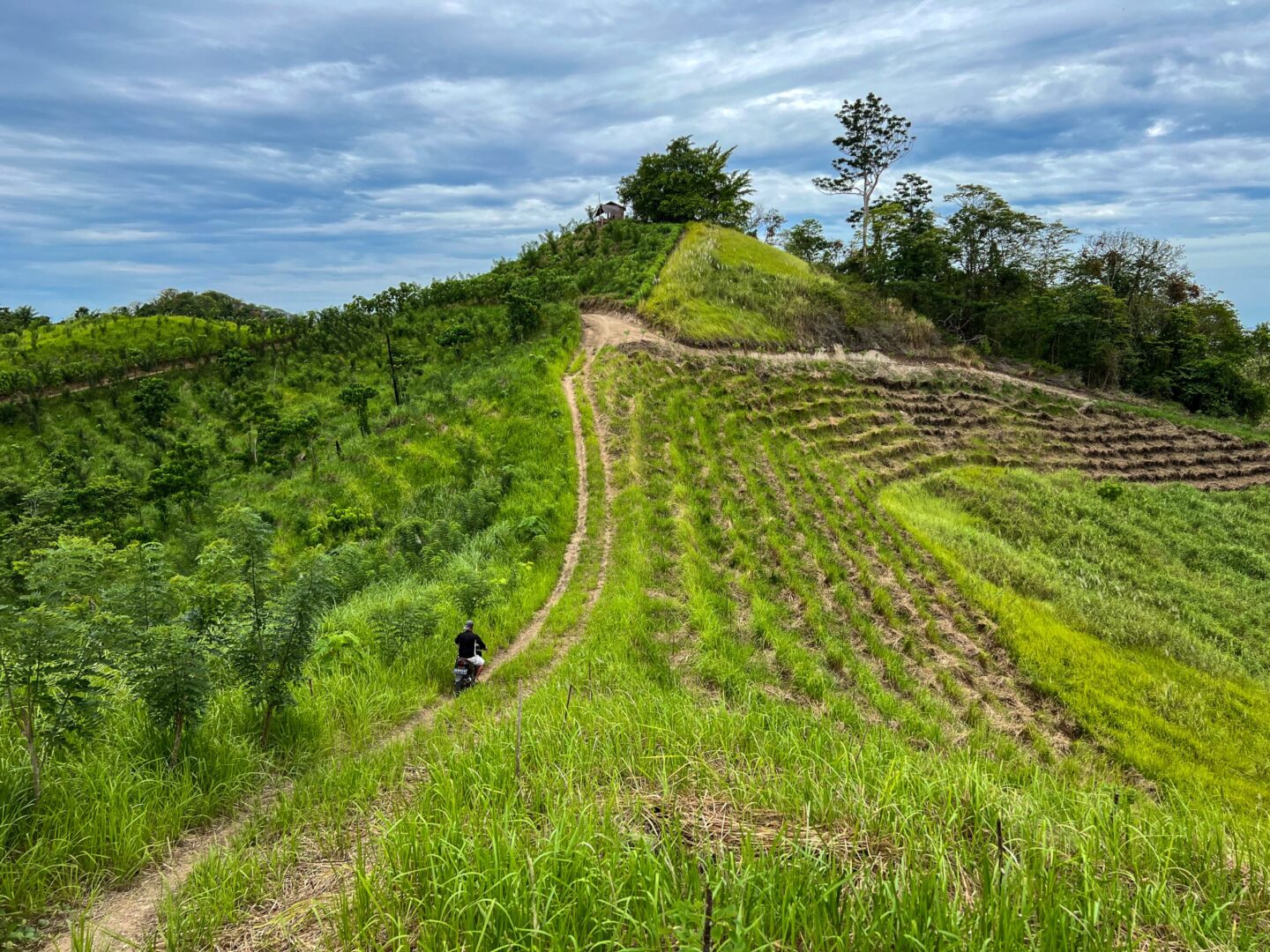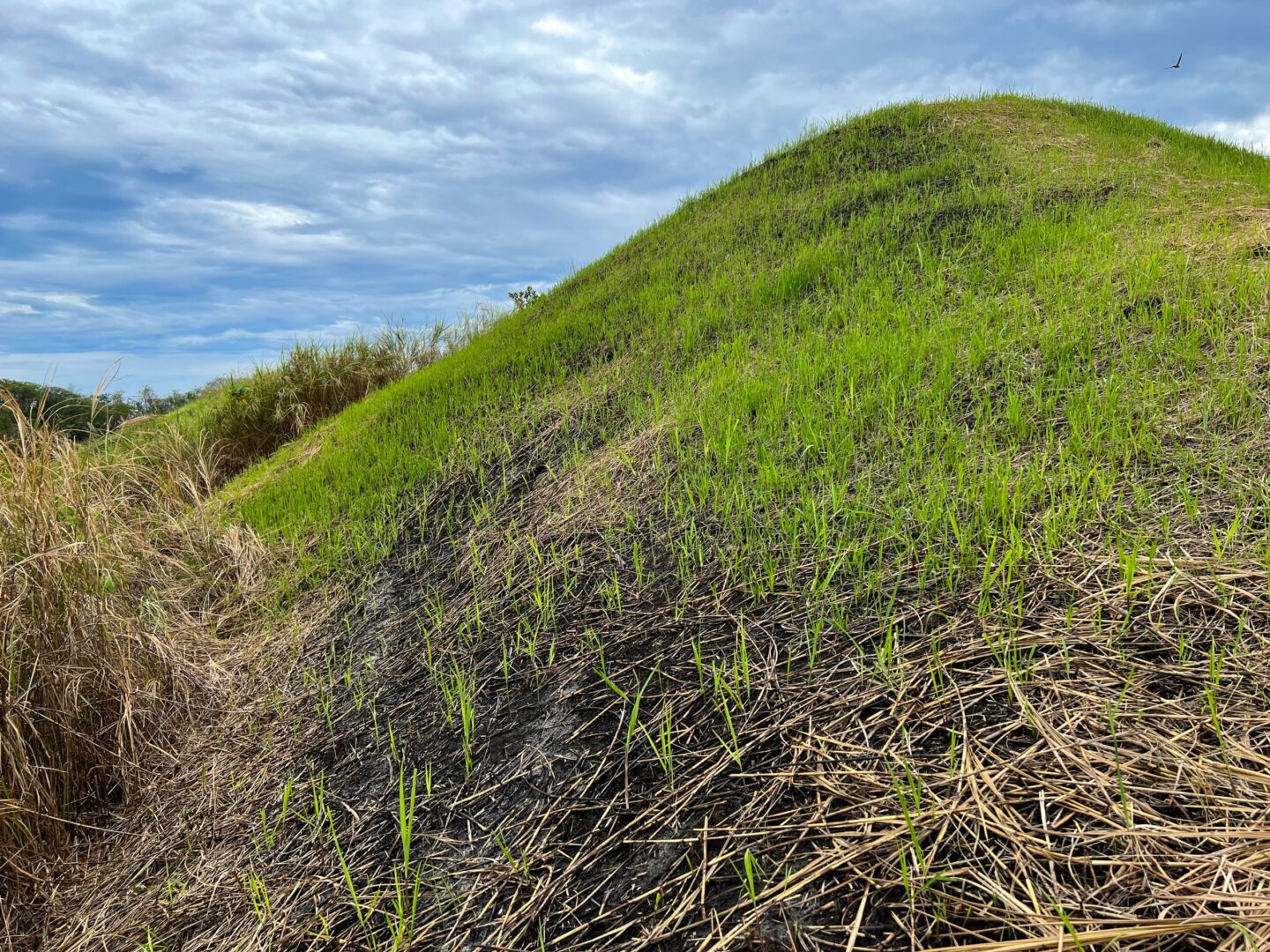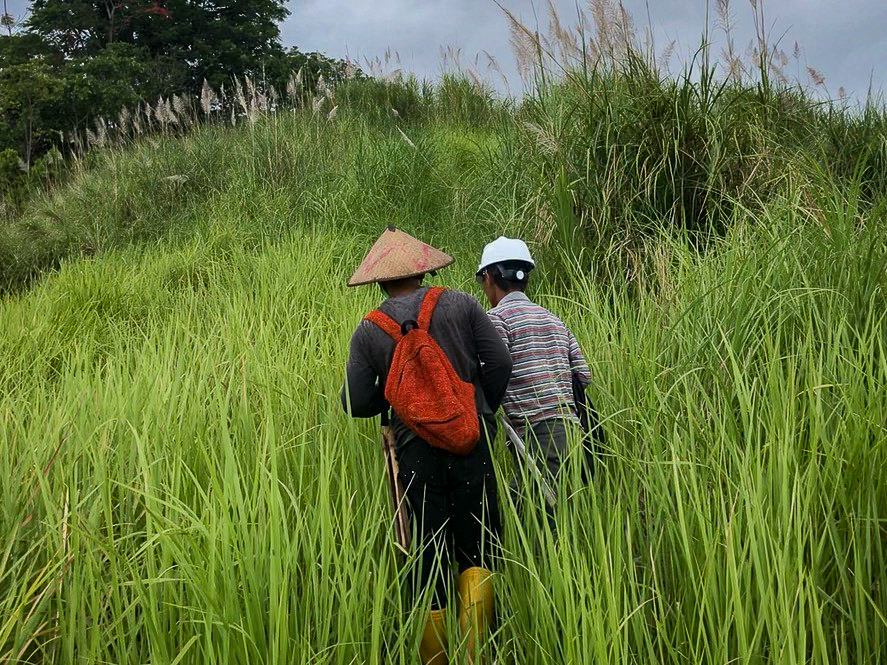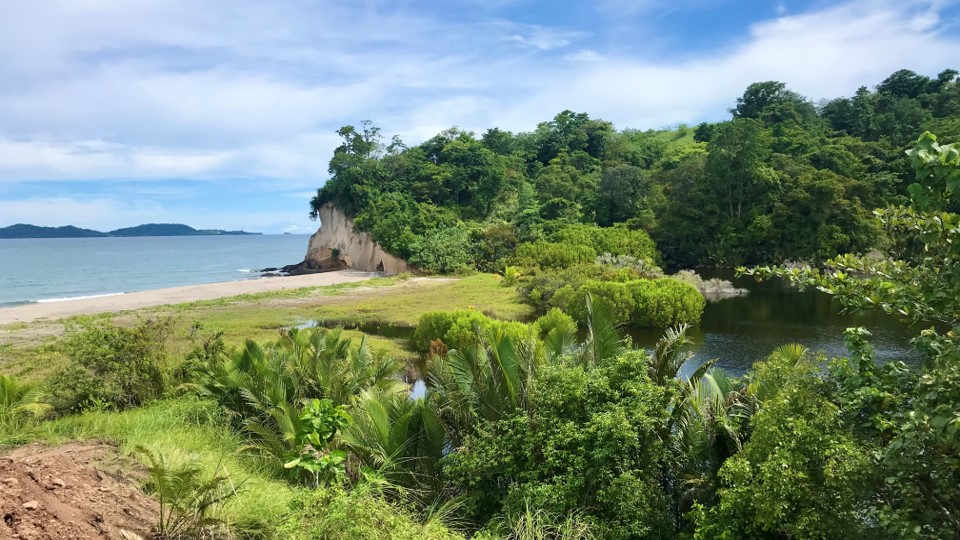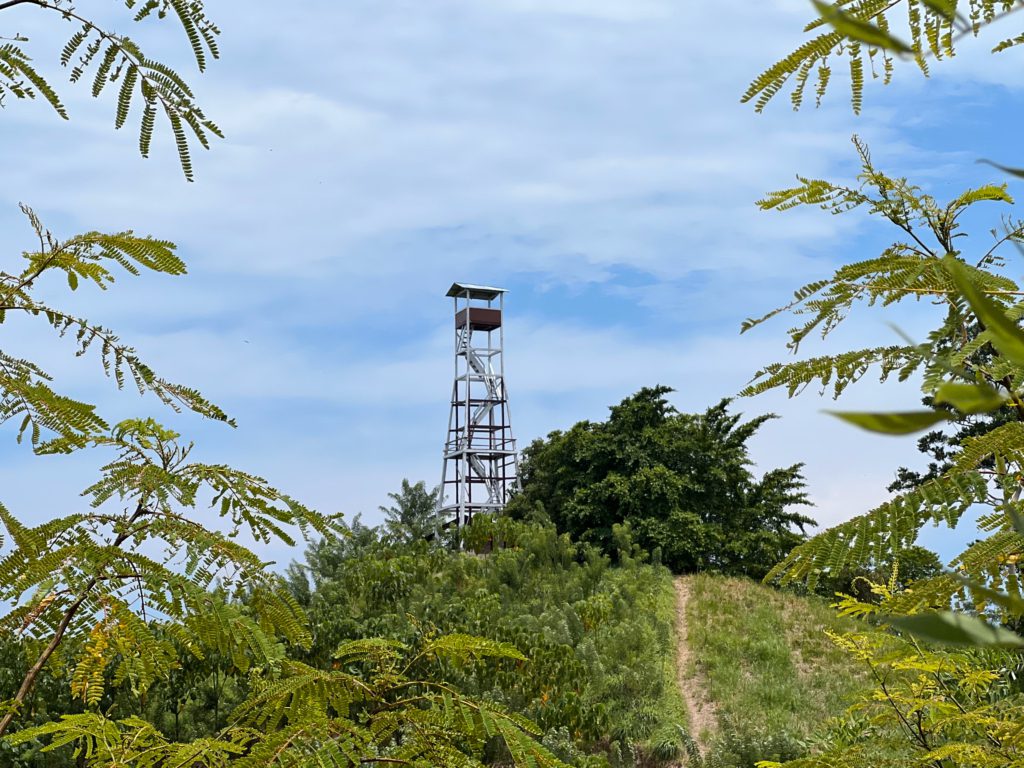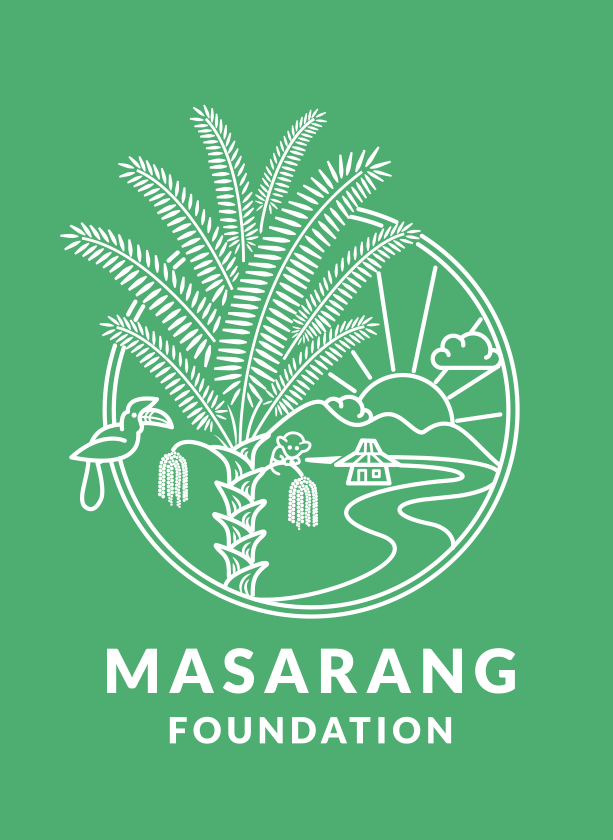What makes this project necessary in Sulawesi?
Sulawesi is one of Indonesia’s larger islands and is home to many unique plants and animals. No less than 62% of mammals living here are endemic species, meaning that they occur in only one place in the world, like the spectral tarsier and the crested macaque.
But because of logging and converting forest to agriculture and plantation, many of these endemic species are on the brink of extinction. In places where magnificent rain forest used to grow, now only grass land remains, harboring nothing but alang-alang.
Alang-alang, also known as cogon grass, forms a close-woven carpet and leaves no room for trees to germinate and grow. In turn this grass land is highly combustible, making it a vicious circle of degradation.
So, in order to restore Sulawesi’s unique ecosystem, it is highly necessary to protect existing forests and regenerate degraded areas.
